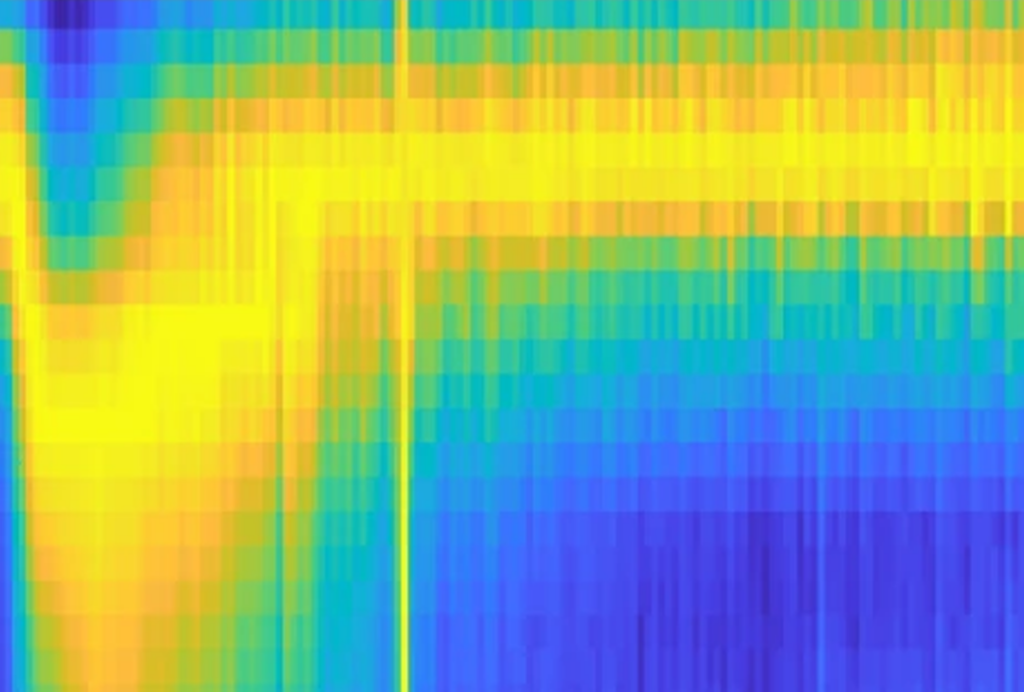Coding trick tracks gene expression in single cells
A new technique allows researchers to trace the location and measure expression levels of hundreds of genes in individual cells. The method, described 9 April in Science, could reveal networks of genes with relevance to autism.
A new technique allows researchers to track the location and expression levels of hundreds of genes inside individual cells.The method, described 9 April in Science, could help reveal networks of genes with relevance to autism1.
The traditional approach for mapping gene expression in cells, called fluorescence in situ hybridization (FISH), uses probes of various colors to label specific RNAs. These glowing RNAs provide a snapshot of gene expression. But there are a limited number of colored fluorescent molecules, which means that FISH can label only about 30 genes at once.
The new technique greatly expands this number using select sequences of four probes, each consisting of DNA tagged with the same fluorescent molecule.
The researchers assigned each of 130 genes a unique 16-digit binary code that specifies which 4 of 16 probes will bind to that gene. The probes adhere to a gene through another set of short DNA strands.
The researchers tested the technique on cultured lung cells. They first used paraformaldehyde to freeze the RNA molecules in place, then coated the cells with the DNA adaptors and exposed them to each probe, one at a time.
Each time they tested a probe, the scientists captured images of the fluorescent spots within the cell. They then inactivated the fluorescent molecule on the probe to prevent it from lighting up in subsequent images.
After 16 rounds of imaging, the researchers identified the gene present in each spot based on its pattern of fluorescence over the sequence of images. This approach worked 80 percent of the time. They also could estimate the expression level of each gene by counting the number of spots in the cell displaying a particular pattern of fluorescence. They validated their findings using FISH and by quantifying RNA levels in the cells using RNA sequencing.
The technique illuminates patterns in the spatial distribution of genes and also reveals genes that are turned on or off at the same time. Using this approach, the researchers were able to monitor the expression of thousands of genes.
Several studies in the past five years have identified networks of genes implicated in autism using gene expression data from mixtures of different cells in brain tissue. The new method allows researchers to detect expression patterns in specific cell types.
The current coding scheme could be adapted to detect tens of thousands of genes by lengthening the codes, or by using two colored probes instead of one.
References:
1. Chen K.H. et al. Science Epub ahead of print (2015) PubMed
Recommended reading

Among brain changes studied in autism, spotlight shifts to subcortex
Home makeover helps rats better express themselves: Q&A with Raven Hickson and Peter Kind
Explore more from The Transmitter

Dispute erupts over universal cortical brain-wave claim
Waves of calcium activity dictate eye structure in flies

